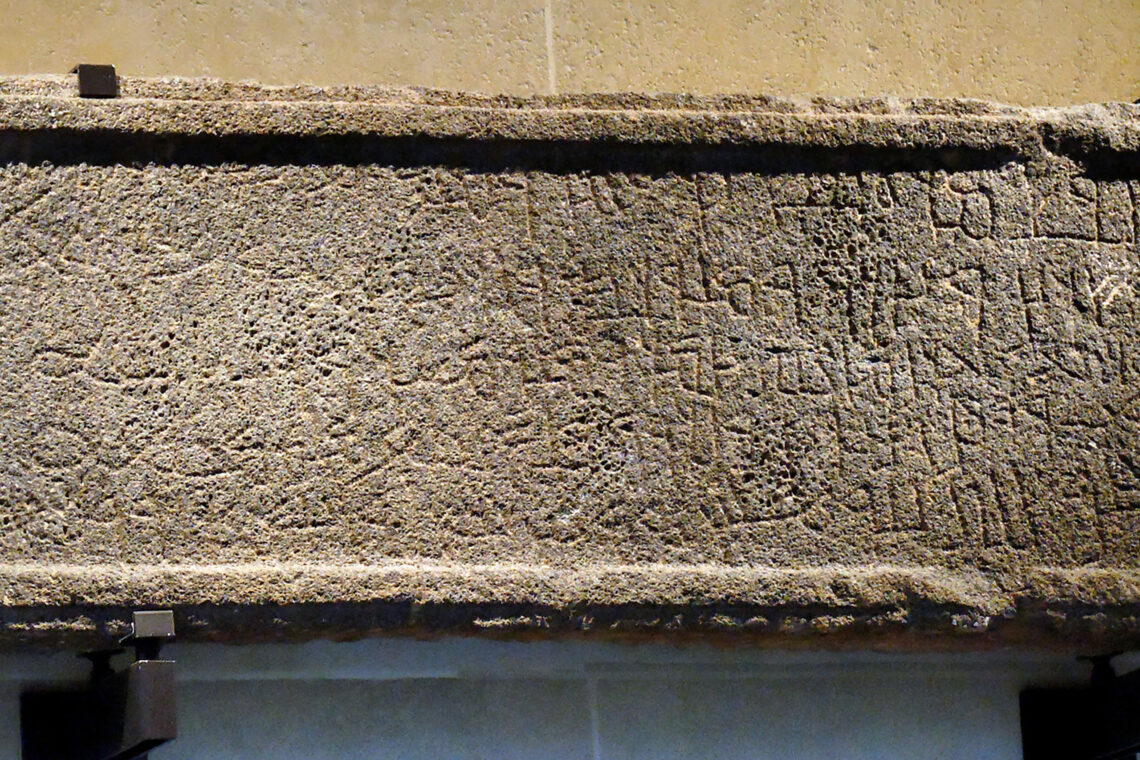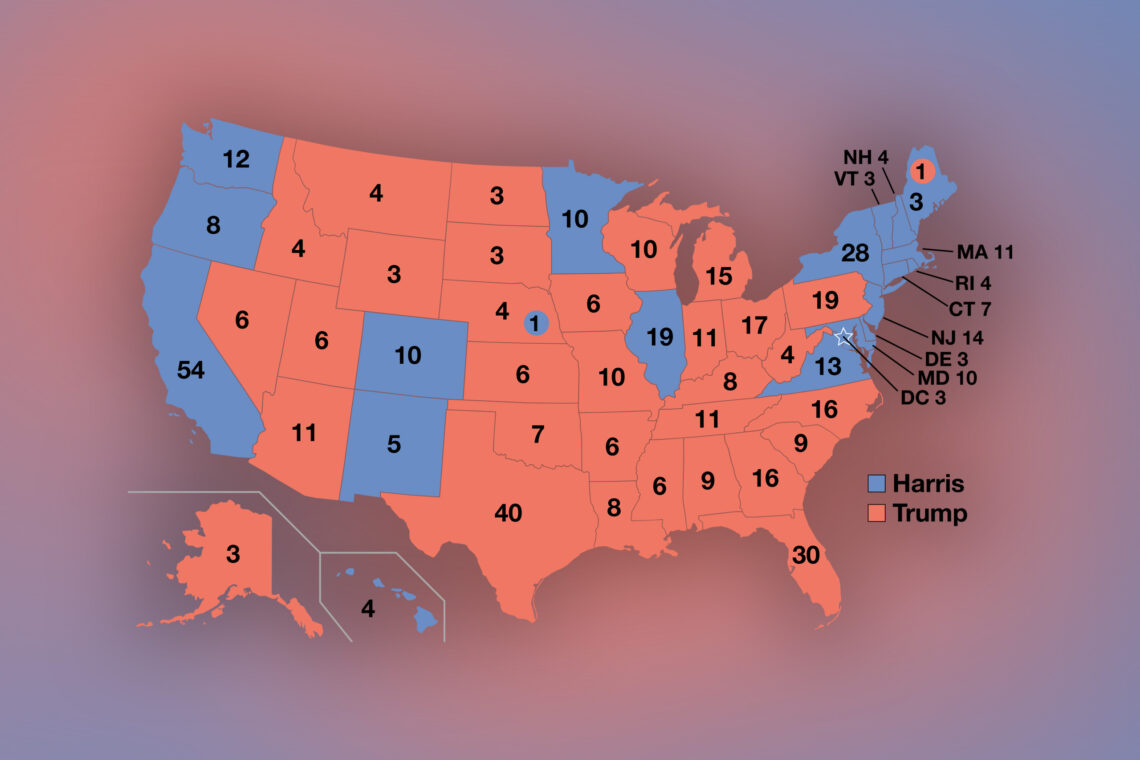Without much fanfare, a great event took place in Morocco. The construction of a national library in Rabat has been launched and is expected to be completed in about 3 years. This is heart warming news to scholars, students, and average Moroccans alike, for a nation’s literary and cultural legacies are often preserved in libraries and museums. If configured according to international specifications, Morocco’s precious manuscripts and books could be spared further deterioration and, at the same time, be made available to scholars. Designed by Moroccan architects to house a variety of media and accommodate different needs, the library will greatly enhance Moroccan culture and encourage reading and publishing at a larger scale. I am hoping that the library will be equipped with the latest state-of-the–art technologies to prevent more damage to old, brittle but historically precious paper documents that, according to a friend of mine, are already in bad shape. Establishing a national library is, in a word, a project that couldn’t wait any longer.
Great nations have always had great libraries. The Library of Alexandria in Egypt, named after the city founded by the Greek conqueror, Alexander the Great, contained the world’s largest depository of knowledge before it was destroyed. The Bayt al-Hikma in Baghdad and, later, in Fatimid Egypt (research centers that expressed openness to new and foreign ideas) still stand out as testimonies to the high culture of the Arabs and Muslims. Books were collected, translated, and made available to scholars and philosophers, leading to the efflorescence of Islamic thought. Egypt’s Al-Azhar and Morocco’s al-Qaraweyeen (founded, as we all know, by an immigrant woman from present-day Tunisia) were centers of learning centuries before European universities were established. Our ancestors, often accused of being tireless warriors, knew the importance of scholarship. Building shrines to knowledge was a higher form of jihad.
No self-respecting nation can afford to be without a library that reflects its history and ambitions. The founders of the United States, many of whom were accomplished scholars, established the Library of Congress soon after the nation was created. Although it was burned by the British in the War of 1812, it was quickly rebuilt out of Thomas Jefferson’s private collection and has been growing ever since. Today, with more than 124 million items, it is, by far, the biggest library on earth, one in which you could find almost any important book published in the world. (You may have better luck reading a Moroccan book in D.C. than in your own Moroccan hometown.) The Library of Congress is a beautiful temple, really, to the powers of the intellect. Not only that, hundreds of great libraries (including some of the top five in the world) are now spread out across the United States. You could take your local university library in the U.S. and would be hard pressed to find a match for it in Morocco, or even in the entire Arab world. That’s how bad Arab culture has become.
In addition to establishing libraries, all great Western nations sponsor museums to showcase their heritage and connect citizens with their traditions. Every major U.S. city has a world-class museum. Morocco would be best served to follow up its national library with the creation of a national museum (an idea suggested to me by the same friend who commented on the precarious condition of our precious books). But what kind of museum should we have? Obviously, we cannot display the great works of Western art or the artifacts of other civilizations, since we are neither Western nor former colonialists who grabbed other people’s treasures. Our rich folk haven’t bought too many Picassos or Monets to fill a museum. So how do we proceed?
One solution would be to walk visitors though the various epochs in Moroccan history, beginning with the first traces of human presence to the 21st century. A series of connected chambers (including open-air ones) and corridors could lead one from the various amazigh (Berber) cultures to the Phoenecians, the Romans, the Arabs, then all the major dynasties, until we reach the colonial era and the present. We could get a physical sense of the various traditions that shaped Morocco’s national identity. Other parts of the museum could be more specialized, while others would be open to temporary exhibits. A fine arts collection, including illuminated manuscripts, precious books from the al-Qaraweyeen archives, calligraphy, photography, film, etc., could be housed and displayed in a separate museum. Over time, as more information is gathered on one period, more specialized museums could open until our national landscape is filled with them. We already have good local museums, such as the one in Tangier.
Investing in culture and education should always top the list of national security strategies, despite the unfortunate human inclination to trust the power of swords and guns, or to be swayed by short-term financial profit. Libraries and museums, like public schools, unite members of a society around the best of their traditions and endow them with shared memories and experiences. Through such institutions, people feel invested in the destiny of their nation and commit themselves to making it even better. And as they do, more people would be attracted to Morocco, proving that promoting education and knowledge is, in fact, the best strategy for development.




Comments are moderated by the editor and may not appear on this discussion until they have been reviewed and deemed appropriate for posting. All information collected is handled in a manner consistent with our privacy policy.